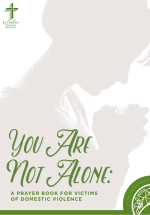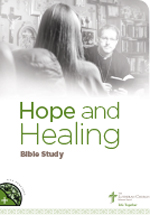Domestic Violence
Types of domestic violence
Domestic violence corrupts intimate relationships. These relationships may include a spouse or intimate partner including dating relationships. It involves behavior on the part of one person to control and intimidate another.
This behavior, typically characterized as harassing, intimidating or threatening, may include actual or threatened physical assault, verbal abuse, emotional abuse, sexual abuse or economic abuse.
Domestic violence can include actual violence, such as physical assault (pushing, choking, hitting, pinching, etc.). It also includes acts of sexual abuse (forcing or coercing someone into unwanted sexual activity). These types of behaviors are criminal in most jurisdictions, and the person who engages in them can be arrested and charged, with or without the consent of the victim of the violence or abuse.
Domestic violence also includes harassing, intimidating and threatening behavior. This could include stalking, wherein one person repeatedly follows, watches or contacts another person. Domestic violence also includes verbal abuse, psychological abuse and emotional abuse.
This may involve name calling and putdowns. It might include isolating a person from his or her family and friends or refusing to allow him or her to get a job. It might entail financial abuse, such as withholding money or demanding that the other person account for every dollar spent.
Threatening loved ones is a common form of abuse, including threatening to harm or kill the victim, their children, their parents, their friends or even pets. Threats can sometimes include a threat to commit suicide.
The effects of domestic violence
Domestic violence is about control and power and typically is perpetrated by men against women, though the frequency with which men are reporting abuse is on the rise. A recent study commissioned by the Centers for Disease Control and Prevention found that 1 in 3 women and 1 in 4 men in the United States have experienced a form of intimate partner violence in their lifetime.
Victims of abuse suffer intensely and experience emotional problems that will endure long past the end of the violence. Children in homes where domestic violence is present are more likely to be abused, and even if not physically harmed, they may have emotional and behavioral problems.
Identify, understand and intervene
It is important to identify the warning signs that domestic violence is occurring in a relationship or marriage.
It is also helpful to understand the causes and consequences of domestic violence, including its effects on the perpetrator, on the victim, on the children in the family, and on schools and churches.
It is necessary to intervene when you confront domestic violence as it is happening or when you learn that it has occurred in the past.

‘You Are Not Alone’ Prayer Book
You Are Not Alone: A Prayer Book for Victims of Domestic Violence, is the newest resource from the LCMS Domestic Violence and Child Abuse Task Force. This devotional prayer book will help victims give voice to their heavenly Father in the midst of heartache and despair.
Download “You Are Not Alone”

‘Hope and Healing’ Bible Study
Sexual assault, rape and domestic violence are difficult topics to address. They are emotionally volatile and heartbreaking life events, and for women who are suffering and trying to heal, the perfect peace of the Gospel is vital.
In Christ, there is hope and healing for survivors of sexual assault. This Bible study and its companion materials are intended to help fill this need in churches.
Download “Hope and Healing”
Additional Resources
Information for Distribution
Please use these resources in areas such as community bulletin boards, restrooms, resource centers, etc.